Blood Pressure
Rae West 4 July 2022| From The Cambridge Illustrated History of World Science. Edited by Colin A. Ronan. 1983. | 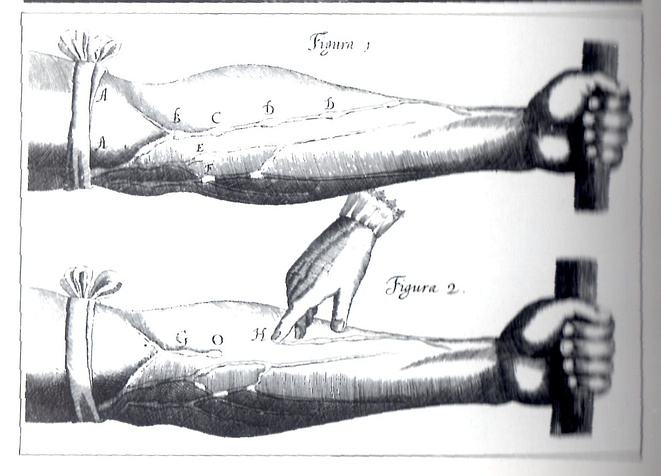 |
|
From Savill's System of Clinical Medicine dealing with the Diagnosis, Prognosis, and Treatment of Disease 13th Edition 1950. There were later editions; and I haven't found the date of the first edition; probably far before 1909.
Savill constructed his book on the way 'any practising physician goes to work...' The book claimed 'ever increasing popularity' though without figures, except for editions and reprints. Sudden weakness and dyspnoeai [spellings] and absence of diagnosis |
 |
| History of blood pressure measurement. This seems remarkably recent. Standard histories include Harvey's disproof of Galen; then many clearly impractical techniques in Europe. An American in 1901, and a Russian in 1905, seem to have developed the more-or-less modern system of external constriction of an artery, and identification of systolic and diastolic pressures as measurement targets. (They did not find a simpler description!)
An online source says the first digital sphygmomanometer was invented by Panasonic in 1974. This was about the time of calculators and digital watches, when microprocessors were new. The online source says: In the 1980's, home monitoring of blood pressure becomes commonplace. Before this time, there was an apparent mystique surrounding blood pressure; it was said that patients should have their blood pressure monitored once every five years! The heart pounding away for a lifetime is a powerful image and meme. But it's not the only way in which internal bodily circulations take place. Breathing (with change in shape of the chest), and movement of lymph are important, but easy to overlook. Ordinary activity must have been factored in by evolutionary processes. I noticed recently, measuring my own blood pressure, after a two-mile walk which was leisurely, but not completely even and leisurely, that my reading was 115/68 with 66 pulse. This is lower than usual; the upright posture and constant motion operates alongside heartbeats to improve on sedentary heart activity. |
|
From A General Textbook of Nursing by Evelyn Pearce 18th Edition 1971. First published 1937. Published by Faber and Faber.
|
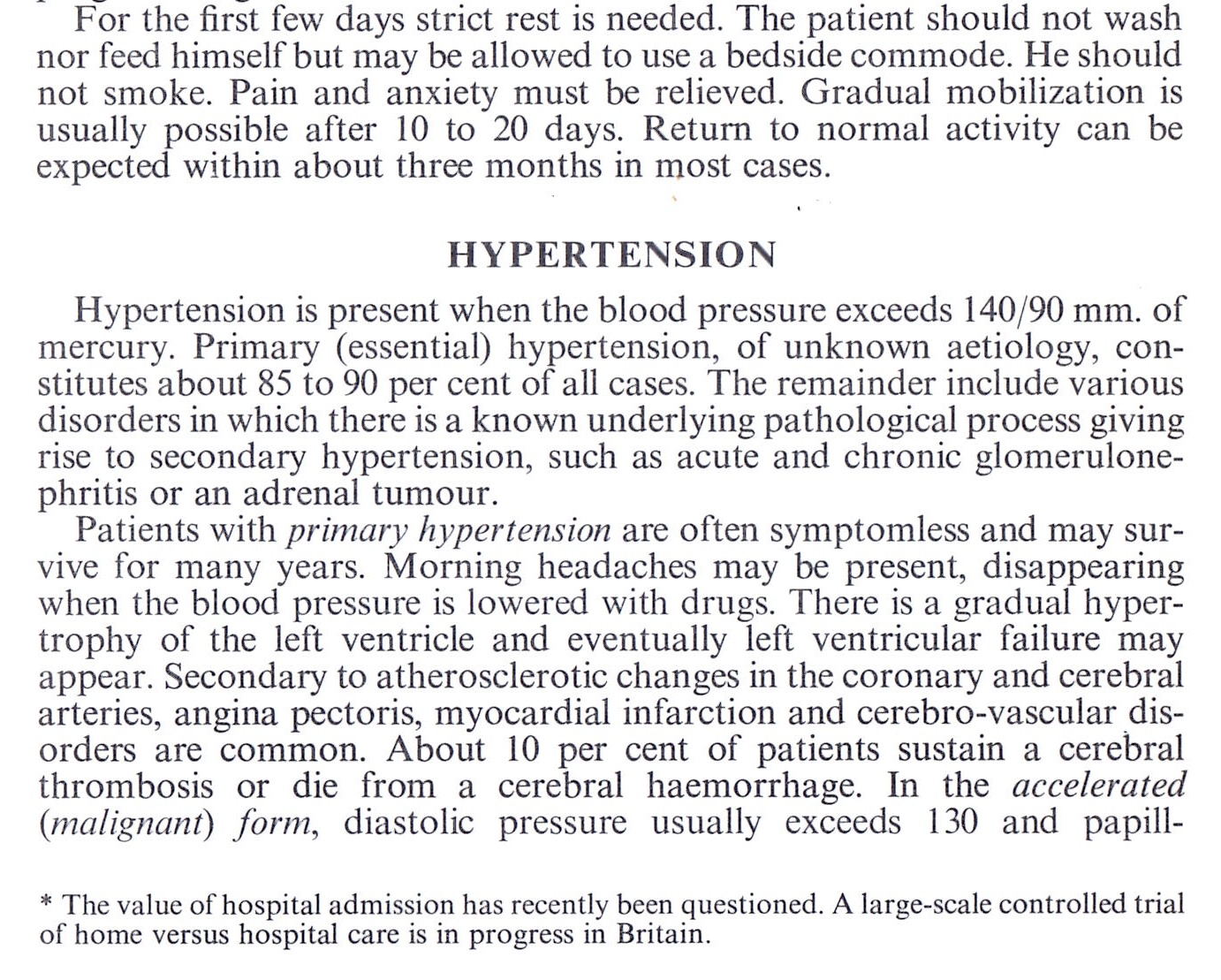 |
1977 Harold Hillman
1977-the-fine-structure-of-the-living-cell-timecoded-720x576.mp4
Here's an online summary of A Serious Indictment of Modern Cell Biology.pdf which is his version of my 2003 piece on Unanswered Questions in Biology.
I have many tape recordings of HH, mostly made in the University of Guildford, discussing his attempts to publish and publicise.
|
Stunningly dull image from Common Dilemmas in Family Medicine (1983) Edited by John Fry, published by MTP of Lancaster, England. 27 Chapters. The first chapter debates whether mild-to-moderate hypertension ought to be treated. This was because thiazide diuretics 'are the cheapest and safest hypotensive agents' introduced in the 1950s and 1960s, shortly followed by so-called 'beta blockers'. Those images are a bit troubling. The insurance companies (the figures are from 1959) would not insure people with blood pressures greater than 160/100. And it was believed that 'even mildly elevated levels of blood pressure are associated with considerable extra risk of early mortality.' But the skeletal figures seem to leave open such possibilities as the figures present different views of blood statistics. Since, with each year that passes, all the members of any cohort of ages can only decrease. There's a hint that the objective was to include everyone, not something explicitly wanted by insurance companies. And note that drugs to lower blood pressure offered huge scope for endless repeat sales. All they had to do was work, or at least appear to work. |
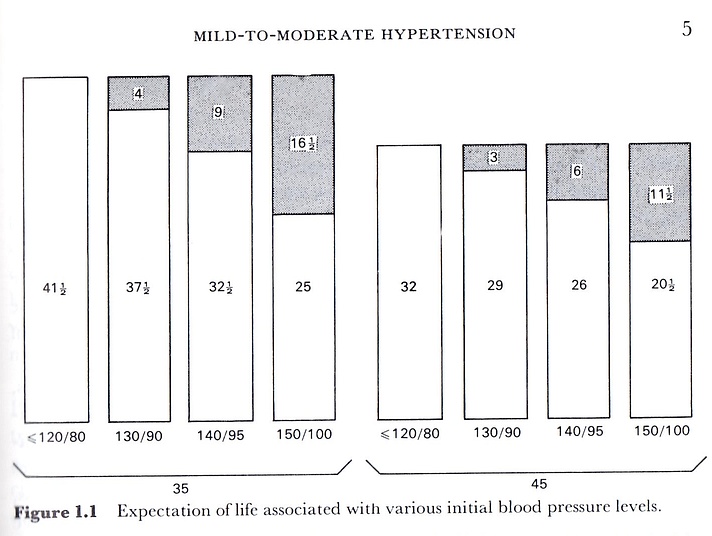
|
|
Petr Skrabanek & James McCormick, Follies and Fallacies in Medicine (1989 and 1992) aimed to 'reach inquisitive minds, particularly those who are still young and uncorrupted by dogma.'
|
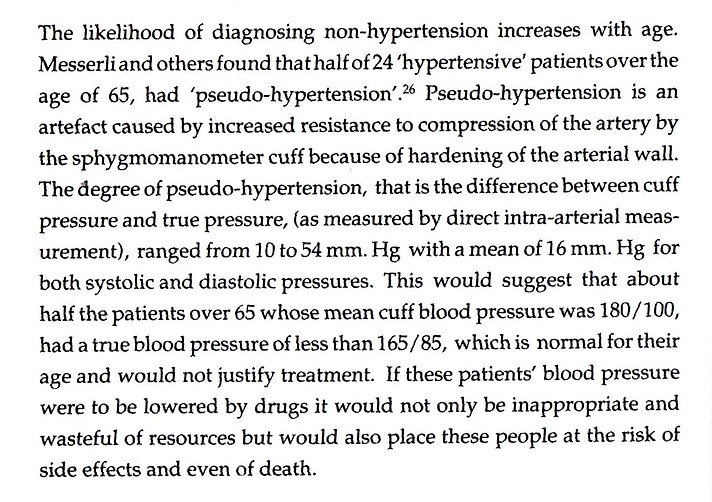
|
| From Organic Chemistry By Clayden, Greeves, Warren, & Wothers. Published by Oxford University Press, 2001. 2005 Edition. c. 1500 pages. Shows how organic chemistry (i.e. chemistry of carbon compounds). Note the twin claims in the pink box: blithe assurance that it works, perhaps approved by biochemists; and the total sales figure. |
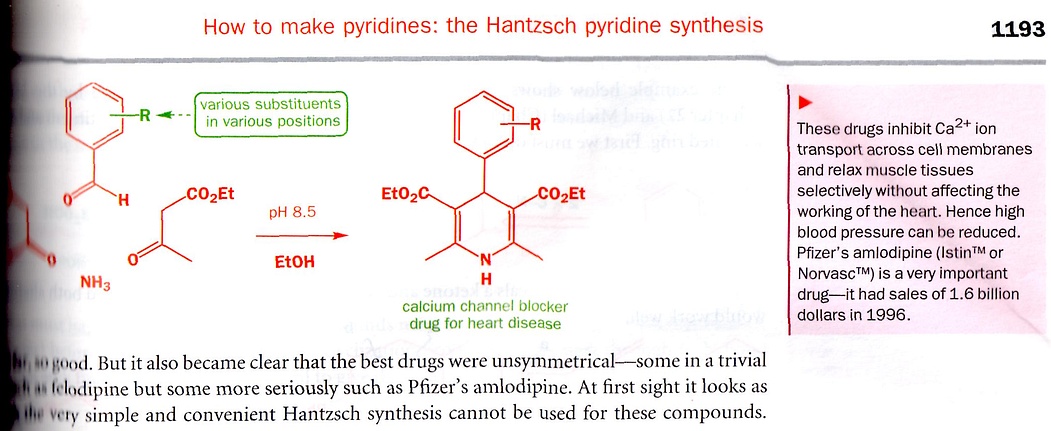
|

2017-09-24-frank-mcmanus-rae-west-salt-in-diet-stereo-mix.mp3
Click for Index to all my general interest items in one file
Click for Home page of entire big-lies.org site
© Rae West - First upload 4 July 2022.